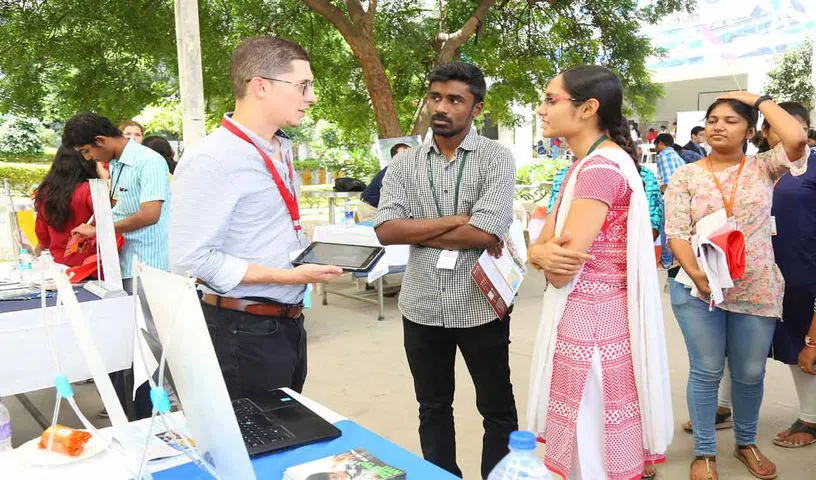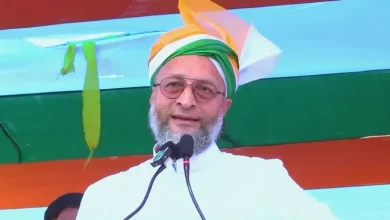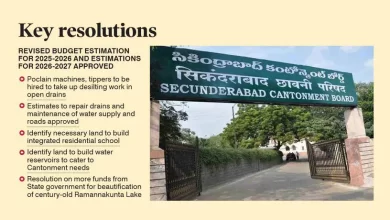
To create a standout CV, it’s essential to understand its structure and the key elements that should be included.
Hyderabad: A well-crafted CV (Curriculum Vitae) is crucial for standing out in the competitive landscape of graduate school applications. Unlike a resume, which is concise and focuses on professional experience, a CV provides a comprehensive overview of your academic history, research, teaching experience, and other relevant accomplishments. To create a standout CV, it’s essential to understand its structure and the key elements that should be included.
Understanding the Basics: CV vs. Resume
A CV differs from a resume in both length and detail. While a resume is typically one to two pages and highlights professional experience and skills, a CV is more extensive. It covers your entire academic journey, including education, research, teaching, publications, awards, conference presentations, skills, affiliations, and certifications. This depth allows you to showcase your qualifications more thoroughly, which is especially important for academic and research-oriented programs.
Key Elements of an Academic CV
An effective academic CV is well-organized and includes several key sections that demonstrate your qualifications:
Contact Information: Begin your CV with your full name and professional contact information, including your email, phone number, and LinkedIn profile. Ensure that your contact details are up-to-date and presented in a professional manner.
Education: The education section is critical. List your degrees in reverse chronological order, starting with the most recent. Include the name of the institution, degree obtained, dates attended, and notable achievements such as GPA, class rank, or thesis work. This section should clearly reflect your academic background and readiness for graduate-level study.
Awards and Honors: Highlight any academic and professional recognitions, such as scholarships, fellowships, or awards. Focus on awards received during your undergraduate and postgraduate studies, as these are most relevant to your application.
Publications: If you have published any papers, articles, or research, list them here. Rank them by importance and order them chronologically, using APA style for citations. Include any works in progress as well.
Research, Teaching, and Work Experience: Detail your research, teaching, and relevant work experiences. For each role, include the title, institution or organization, dates of involvement, and a brief description of your responsibilities and accomplishments. Use strong action verbs to highlight your contributions and achievements.
Conference Presentations: If you have presented at academic conferences, include these in a separate section. List your presentations in APA style, providing details about the conference, your role, and the significance of your presentation.
Skills: Focus on technical and field-specific skills relevant to your academic discipline. For example, if you are applying to a computer science program, highlight your proficiency in programming languages and software. Language skills can also be an asset, particularly if they are pertinent to your field of study.
Final Tips for a Standout CV
Professional Presentation: Use professional fonts and maintain a clear, readable format. Organize your CV with clear headings and bullet points for easy navigation.
Proofreading: Carefully proofread your CV to eliminate any errors. A polished, error-free document reflects your attention to detail and professionalism.
Avoid Unnecessary Personal Details: There is no need to include personal information such as your date of birth, marital status, or a photograph. Focus on academic and professional details that strengthen your application.
Action Verbs: Use varied and strong action verbs to describe your experiences and achievements. This makes your CV more engaging and emphasizes your active role in your academic and professional journey.
By following these guidelines, you can create a CV that effectively highlights your qualifications and helps you stand out in your graduate school applications.
Please visit the U.S.-India Educational Foundation’s website to learn more about studying in the United States: https://www.usief.org.in/Hyderabad.aspx







